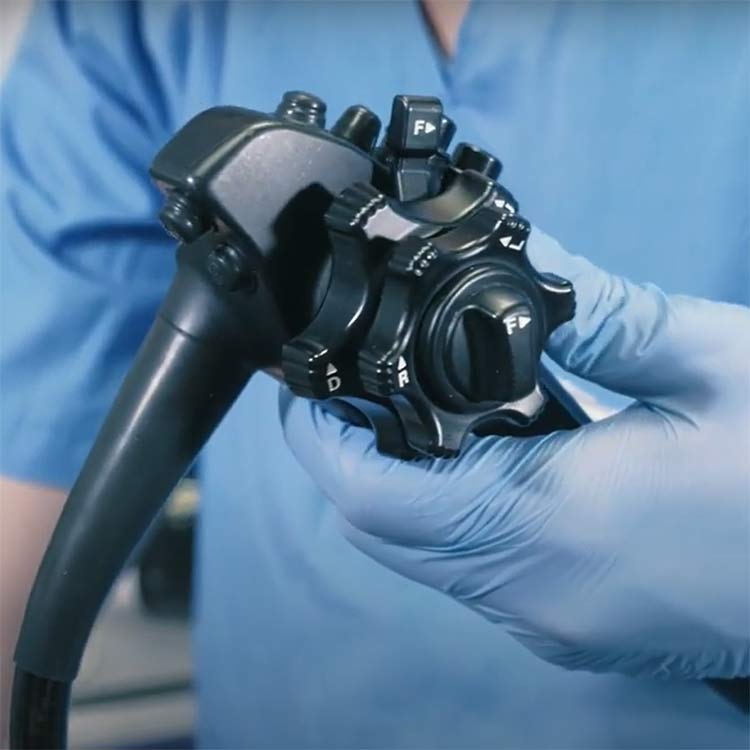Human Factors Testing
Special considerations in Human Factors Testing
When conducting Human Factors Testing, research and development teams take certain questions into consideration. These include:
Who Are the Device Users?
To determine the product’s intended users and patient populations, careful consideration of the unique characteristics of the population is needed. It is important to explore how the user might use the product, and what’s important to them as they use the product. A user’s abilities regarding the product can be determined by personal traits such as:
What Environment Will the Device be Used In?
In order for the Human Factors Testing to represent the genuine usage of a product, the testing environment must model the intended real-world environment as much as possible. There are many environmental characteristics that can be customized in Human Factors Testing facilities based on the intended use of the product, such as light, sound, and temperature. Other considerations include the location for intended product use, such as at home, in a hospital, or in a doctor’s office.
At Improvita, our Human Factors Testing facility offers the flexibility to customize the space based on the real-world environment that the product is intended to be used in. For example, a testing facility room could be staged as an operating room to simulate a hospital use environment or as a kitchen to simulate an at-home use environment.
What is the User Interface?
The product user interface includes all points of interaction between the product and the user. This is often broader than many people think, as it includes packaging, all components, accompanying documentation, and even training in some cases. The user interface should be evaluated across the entire device life cycle, from setup (unpacking, assembly), usage, maintenance and through disposal. Key considerations are:
FAQs
When is Human Factors Testing Required?
Human Factors Testing is a key component of the Human Factors & Usability Testing process, which is required for most products across the medical industry. This includes medical device manufacturers, SaMD, In Vitro Diagnostics, Combination Drug Delivery products, Sample Collection devices, and certain prescription and OTC drugs. Planning and executing a Human Factors Engineering process is also required for products to be in compliance with IEC 62366, as is typical for UK, EU, and other world markets. Finally, products intended for market in the United States, which have critical tasks that could cause user or patient harm if a use error occurs, must conduct Human Factors testing.
When Should Human Factors Testing Begin?
With the purpose of minimizing use-related hazards and ensuring users can use the device effectively and safely, the best time to integrate Human Factors Engineering is as early as possible in the product development cycle to have maximum impact and produce the best possible user interface and product design.
What Types of Medical Devices Benefit from Human Factors Testing?
Every class of medical device can benefit from Human Factors Testing, but Human Factors Testing can become necessary if the device’s use errors pose serious harm to the patients or end users.
Why Choose Improvita for Human Factors Testing?
Human Factors Testing is a vital investment when human lives are at stake. At Improvita, we have a depth of experience having successfully completed Human Factors Testing for products across many sectors of the medical device, pharmaceutical and healthcare industries. We can perform studies in our well-equipped Wisconsin-based facility or other regions across the United States. In addition to Human Factors services, we provide a comprehensive range of medical device development to generate evidence that products can be used safely and effectively in the real world.
To learn more about Improvita’s Human Factors Testing consulting services, contact us to discuss your specific needs.
